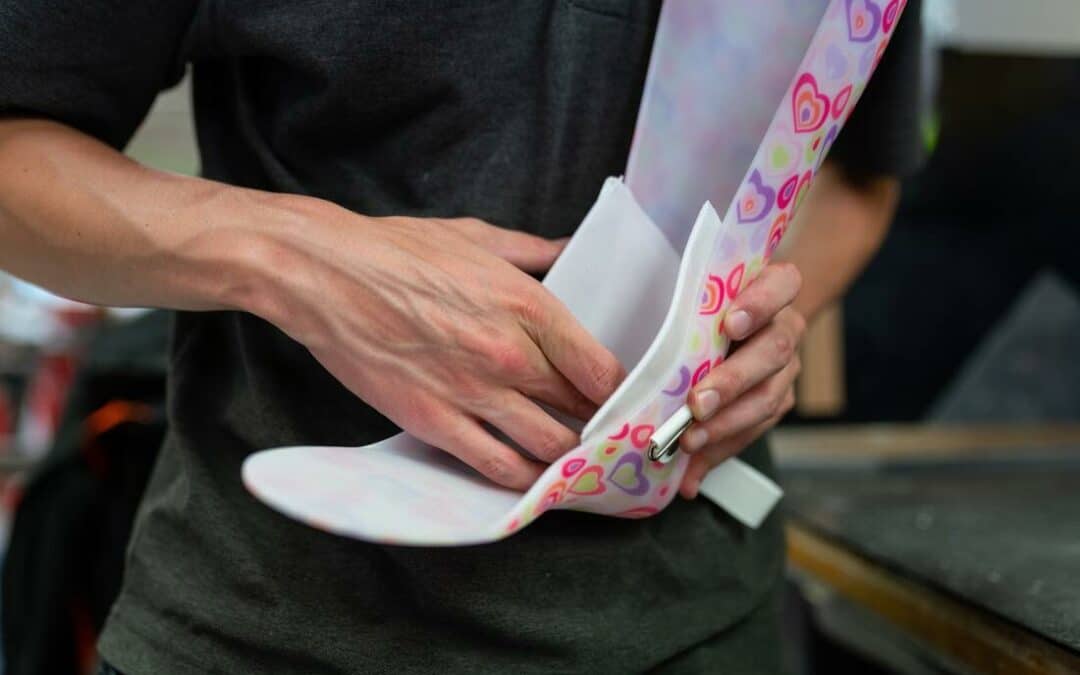You’re probably considering a foot brace as a treatment option for your child’s mobility issues. If that’s the case, we’ve got you covered. Here’s a complete guide on AFO treatment, orthotics types, and maintenance requirements for children’s AFO braces.
What is an AFO?
An ankle-foot orthosis or AFO is a brace that supports the lower limb. It’s designed for managing various conditions of the ankle and foot. Moreover, it helps regulate the alignment of joints, eases the physical functioning of the affected part, and gait correction.
What Are the Types of Orthotics?
Different types of orthotics are available in the market, each designed to address specific needs. Some of them allow movement, while others have a design that restricts movement. Your choice will depend on the nature and severity of the injury or disorder. . Let’s look at some of the most common AFOs.
1. Dynamic Ankle-Foot Orthosis
Called DAFO for short, these orthotics are slender, lightweight, and flexible. It’s used for treating conditions like spasms in the lower limb area in adults. Yet it can help children with clubfoot, spina bifida, cerebral palsy, and muscular dystrophy. Extensive trials and research shows that DAFOs improve motor skills among children.
2. Static Ankle-Foot Orthosis
It’s an AFO that immobilizes the ankle and foot completely — hence, it is also known as the rigid AFO or solid AFO. Podiatrists often prescribe these AFOs for children who have extreme pronation of the foot. Excessive pronation occurs when the foot’s arch has fallen inwards or downwards.
3. Hinged Ankle-Foot Orthosis
Also called articulated AFOs, they enable free movement in the ankle region while stabilizing the foot. The adjustable hinge at the ankle can allow healthcare practitioners to set the required level of flexibility. Articulated AFOs are useful in treating conditions like flat feet but not suitable if your kid has diabetes.
Difference Between a Regular AFO and a Pediatric AFOs
Pediatric AFO’s designs make them convenient for children. . For instance, they are big enough r to accommodate growth spurts and changes in the alignment values of the foot. The heel seats are deep, and the undercuts are reduced to better support kids’ foot architecture than regular AFO. Finally, there are colorful options that make them bright and fun.
When Does Your Child Need an AFO?Your podiatrist (foot doctor) may suggest AFO for your child if they identify any lower limb problems that affect the kid’s regular routine. Here are some common conditions that doctors often treat with AFOs.
1. Lower Limb Injury
AFOs promote healing in kids suffering from a fracture or sprain near the ankle region. Besides, it can also mitigate pain after a surgical procedure.
2. Cerebral Palsy
It’s a disorder that impacts the child’s ability to maintain balance and posture. In cerebral palsy, the brain struggles to communicate with the muscular structure, causing muscle cramps and involuntary movement of the body. AFOs give children with cerebral palsy the help to perform motor movements such as running and jumping.
3. Foot Drop
It’s a muscular condition in which your child might face difficulties raising the forefoot. A study conducted in Edinburgh’s Queen Margaret University shows that most patients with multiple sclerosis and foot drop who used AFOs saw improvement.
4. Hypotonia and Hypertonia
Hypotonia results in a loss of muscle mass, and hypertonia manifests as a high level of tension in muscles. . Although there is no conclusive evidence to show that AFOs are effective for children with hypertonia and hypotonia, the results are far better when AFOs are combined with physical therapy.
5. Spina Bifida
It’s a congenital condition in which the spinal cord is not developed correctly, leading to paralysis of the lower limbs. An AFO could improve gait and increase energy expenditure among children with spina bifida.
Tips for Maintaining Pediatric AFOs
Caring for a child’s pediatric AFO is no more complicated than maintaining your favorite pair of shoes. Follow these tips to improve the efficacy and longevity of the device.
1. Clean It Regularly
Fortunately, cleaning an AFO isn’t a tedious task. You just have to apply liquid soap and rinse the device with clean water. It’s that simple. You can use a towel to pat dry or simply leave it under the fan. Don’t use other heat sources, such as hair-dryers and flat irons, as they can cause damage to the AFO.
2. Lubricate the Brace
If the AFO has metallic joints, you need to lubricate them periodically or, as suggested by your orthotist, to keep them in good condition.
3. Get It Checked Periodically
Get the orthotics checked up regularly. It’s essential to account for various factors like usage duration and wear & tear for course correction. That’s important for your kid’s everyday lifestyle and could help speed up the healing process.
4. Inform Your Orthotist If There are Any Issues
The ankles need some time to adjust. At times, there are chances of getting redness around the skin, which should ideally disappear once your child gets used to the same. However, if there is persistent discomfort, pain, blisters, or other issues, consult your orthotist immediately. More importantly, avoid adjusting the brace yourself.
Choosing the Best AFO for Your Child
Your decision can make a profound difference in everyday life of your kid. The perfect AFO can help them participate in activities with other children. For them, this sense of freedom and support is quite liberating.
At Align Clinic, we focus on designing customized AFO braces for adults and children. To create the right treatment strategy based on your child’s condition, our well-qualified orthotics will assess and suggest whether to go for a standard pediatric AFO or a customized one. Please reach out to us to schedule a consultation with our experts.




